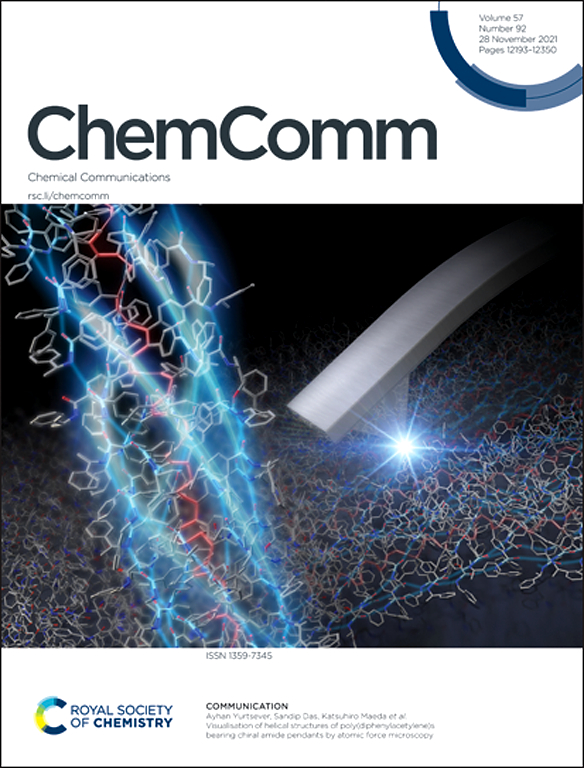Thermoelectric and thermal properties of molecular junctions: mechanisms, characterization methods and applications
IF 4.3
2区 化学
Q2 CHEMISTRY, MULTIDISCIPLINARY
引用次数: 0
Abstract
The rapid development of artificial intelligence requires tremendous energy consumption. Due to the limitations of cooling and energy recovery systems, effectively lowering power dissipation and utilizing the waste heat of electronic devices remain challenges. Molecular electronics, with its potential for low energy consumption and high-efficiency thermoelectric conversion, offers a feasible solution for future computational devices. Over the past two decades, researchers have made significant progress in the study of thermal and thermoelectric properties of molecular junctions. In this feature article, we first introduced four mechanisms of thermal and thermoelectric transport in molecular junctions guided by quantum theory. We then reviewed the evolution of characterization techniques for assessing the local temperature, thermopower, and thermal conductance of molecular junctions. Subsequently, we introduced the practical applications that have been implemented so far. This review concludes by addressing the principal challenges currently faced in the field and identifying crucial directions for future research.

分子结的热电和热性质:机制、表征和应用
人工智能的快速发展需要巨大的能源消耗。由于冷却和能量回收系统的限制,有效降低功耗和利用电子设备的余热仍然是一个挑战。分子电子学具有低能耗和高效热电转换的潜力,为未来的计算设备提供了可行的解决方案。在过去的二十年里,研究人员在分子结的热和热电性质的研究方面取得了重大进展。在这篇专题文章中,我们首先在量子理论的指导下介绍了分子结中热电输运的四种机制。然后,我们回顾了表征技术的发展,以评估局部温度,热功率,分子结的导热性。随后,我们介绍了目前已经实现的实际应用。本文总结了该领域目前面临的主要挑战,并确定了未来研究的关键方向。
本文章由计算机程序翻译,如有差异,请以英文原文为准。
求助全文
约1分钟内获得全文
求助全文
来源期刊

Chemical Communications
化学-化学综合
CiteScore
8.60
自引率
4.10%
发文量
2705
审稿时长
1.4 months
期刊介绍:
ChemComm (Chemical Communications) is renowned as the fastest publisher of articles providing information on new avenues of research, drawn from all the world''s major areas of chemical research.
 求助内容:
求助内容: 应助结果提醒方式:
应助结果提醒方式:


